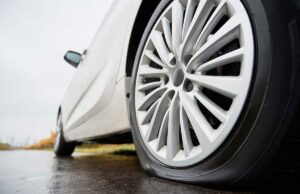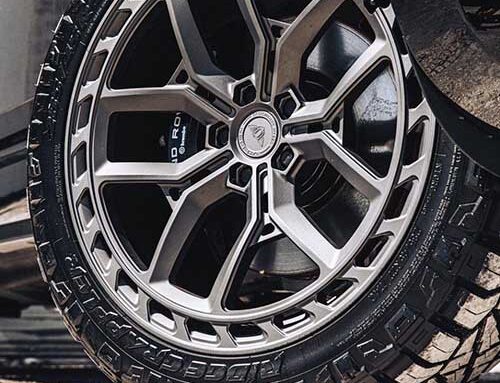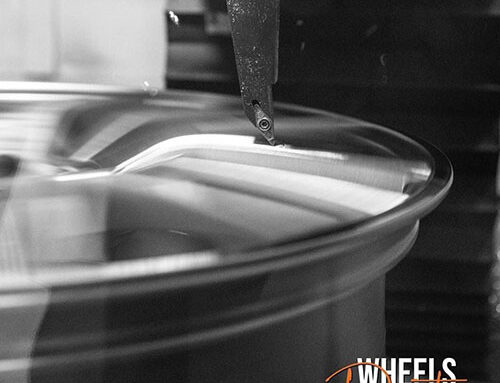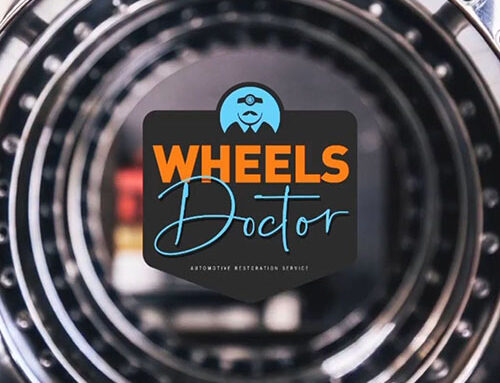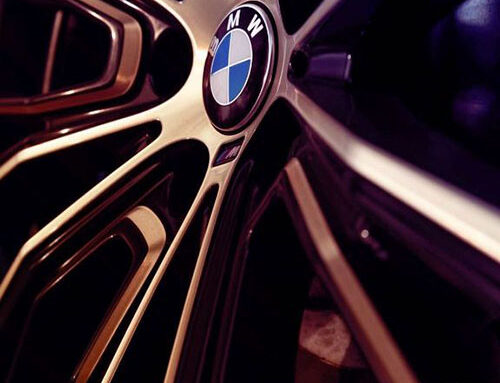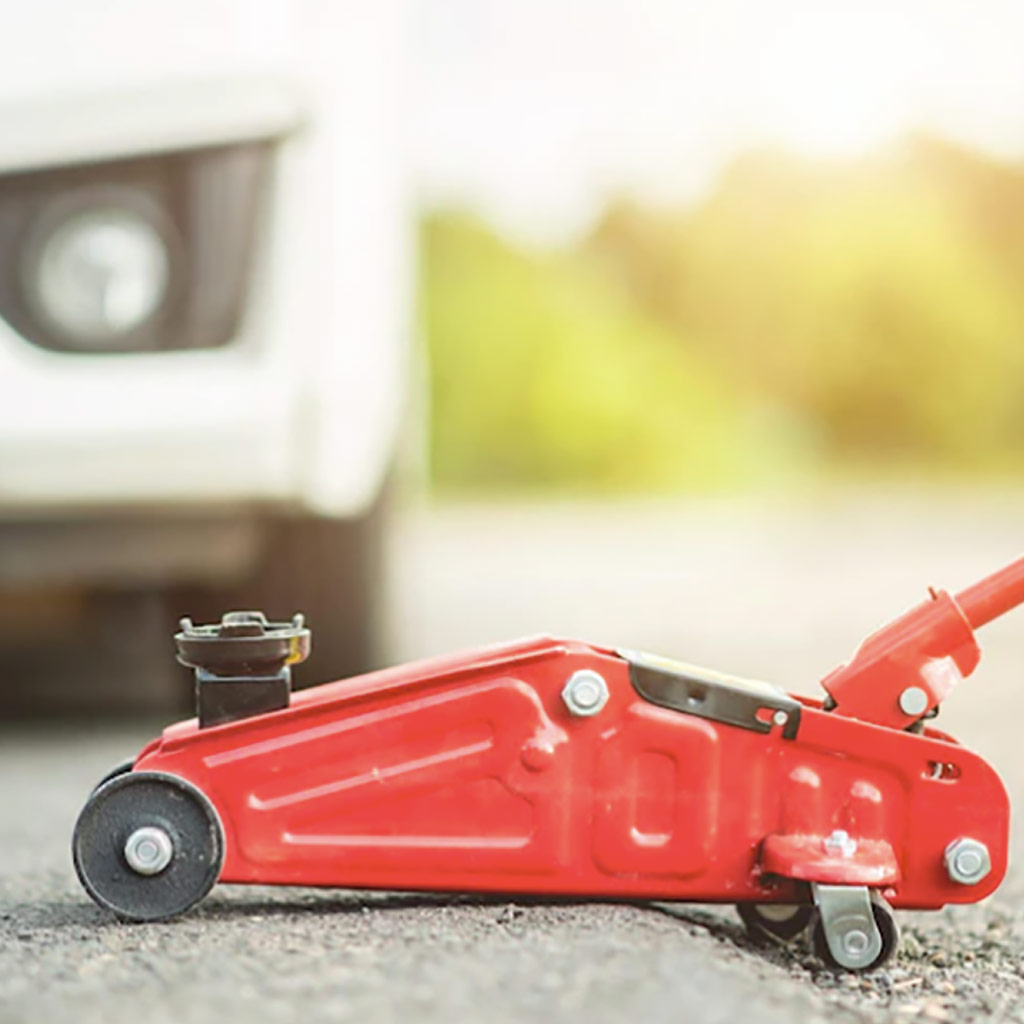
911: Pothole tire damage, what should I do?
Tire damage due to potholes is an inevitable, as all tires have a limited useful life.
Tire wear is inevitable, but with proper maintenance, we can prolong their lifespan and ensure road safety. Identifying signs of wear and potential damage is crucial. Here are some key indicators:
Wear on the Central Part and Sides: Decreased depth in the tire grooves indicates damage. If wear is in the center, adjust tire pressures and drive smoothly. If damage is on the sides, adjust inflation pressures and check steering dimensions.
What to do? If the wear is only in the center: You must check the pressures and adjust them according to what the manufacturer says; and as a prevention try to drive more smoothly.
Now if the damage is on the sides: You must adjust the inflation pressures, check the steering dimensions and adjust the drops.
·Saw-tooth wear: Now we look at the grooves in the tire.
As its name indicates, this wear resembles the teeth of a saw, and occurs when the lateral channels of the furrows, responsible for draining the water in cases of wet soil, wear out due to certain traction forces, shock absorbers worn, or incorrect tire alignment.
What To do? Check and adjust the pressures, and verify the correct alignment of the geometry of the suspensions, as well as the condition of the tire in general.
Another tire damage is when we observe a bulge in the flank.
Occurs when there was a strong impact, resulting in irreparable damage to the casing.
This damage requires the immediate replacement of the tire, even if the band “is in good condition” since the overexertion can cause the cords that make up the carcass to break.
The most obvious and common damage is when the tire deflates due to a sharp object that can be found on the road, for example, stones, small pieces of glass, splinters, branches of trees or bushes, and screws, among other things.
But what should we do? Well let’s see:
We must clarify that a tire should not be repaired, worn, broken, or punctured, a tire should be automatically damaged by a new one.
There are certain instances where punctures that will only increase will inflate the tires a bit and patch up, but they are very few and specific.
This will be determined by the mechanic when he brings the car in for repair.
Patch repair is somewhat complicated, plus it requires removing the tire from the rim.
We honestly do not recommend it at all, unless there is no other option. There are several types of patches: self-adhesive, with the glue separate, etc.
To place it:
- Locate the puncture. If the object that has punctured the wheel is not there and you cannot see it with the naked eye, use soapy water so that it foams and fills the tire as if you were cleaning it. In the place where the perforation is, you can see that bubbles come out.
- Take the wheel off the rim: scrape the surface around the puncture with the special blade and the specific liquid that normally comes with tire patch kits
- If it is a silk patch, enlarge the hole to the size indicated for the tail of the patch. Brush and vacuum the residue.
- Abrade the surface where you are going to put the patch with a specific polisher so that only new rubber is visible. Brush and vacuum again to remove dust.
- Apply the glue if it is included in the kit you are using. That is if they are not self-adhesive patches.
- If it’s silk patch, insert glue through the hole as well.
- Place the patch, inserting the tail through the hole if it is a silk. Pressure well over the entire surface.
- Put caulking liquid on the edges of the patch if it comes with the kit you’re using.
- Put the tire on the rim and inflate it again. (In a station).
It is very important: If you do not think you can do it perfectly, it is better that you leave it in the hands of a professional.

It is also important to know which punctures can be fixed.
Keep these tips in mind:
- Repair only punctures in the tread. Never on the sides of the tire.
- If the hole that has been made in the tire is greater than 6 mm, it is not recommended to fix it.
- It doesn’t repair anything other than a puncture.
- Safety problems can come later if you don’t adjust the tire pressure to its correct level.
- Use the values that are indicated on the sticker of your car.
When it comes to wheel repairs and maintenance, trust Wheels Doctor. Whether it’s structural damage or routine servicing, we have the expertise to keep your wheels rolling smoothly and safely.
And remember never to drive with a flat tire, or in poor condition, as it can worsen the damage.

